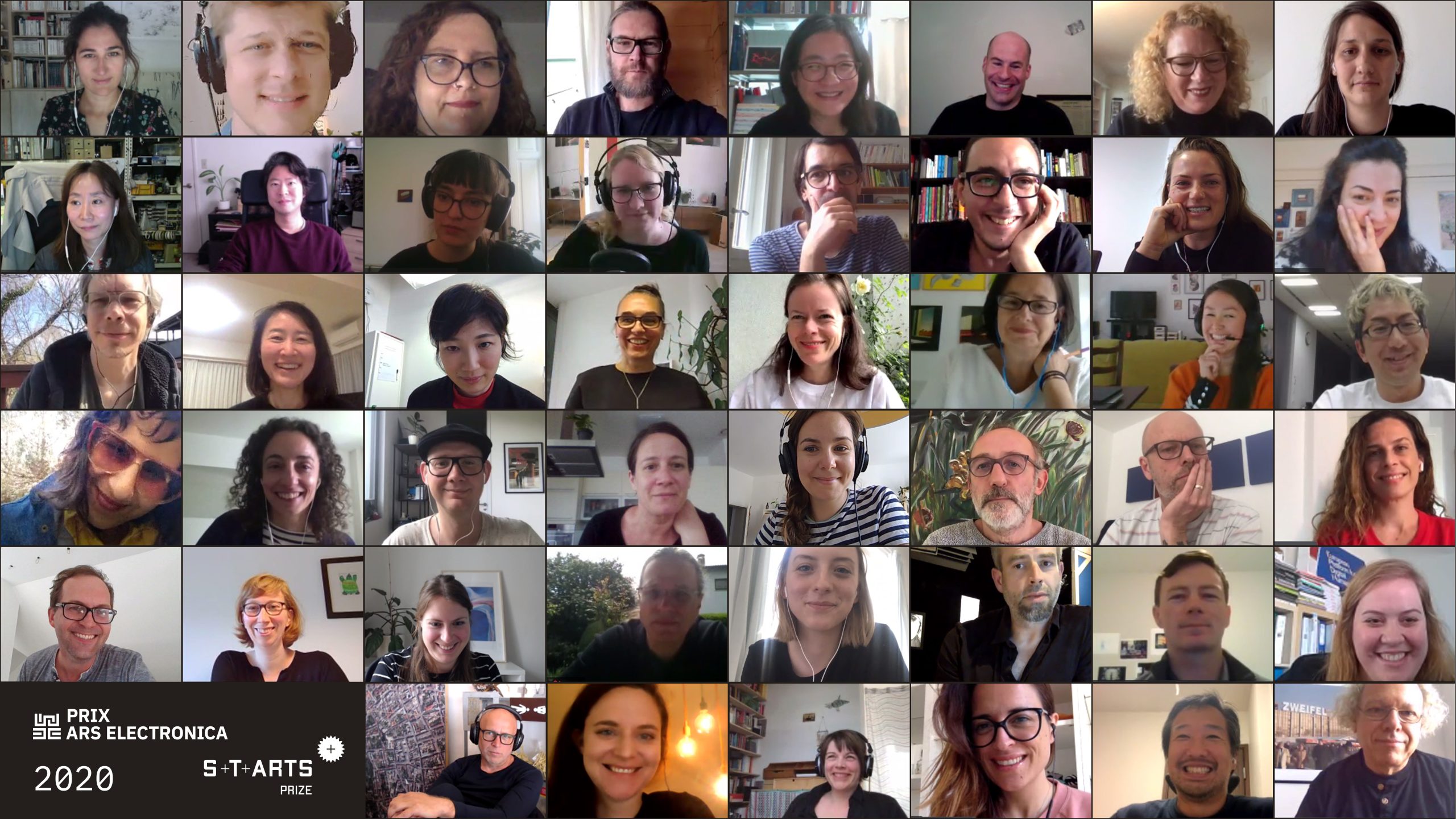Authors: Martin Hieslmair, Barbara Hinterleitner, Katia Kreuzhuber
It is the beginning of the year 2020 and suddenly, from one second to the next, no one is able to jet around the world, no one is immune to infection and distance is the top priority. A pandemic is scary, comprehensive, restrictive. And it does not stop at media art.
That’s why this year it was necessary to move one of our favorite dates in the Ars Electronica calendar to the digital. Like so many encounters at the moment, this weekend the jury meeting for the STARTS Prize and the Prix Ars Electronica will take place via video conferencing software. But that doesn’t change the fact that, despite the time difference, despite physical distance, despite technical challenges and external circumstances, there are numerous great projects waiting to be voted winners.
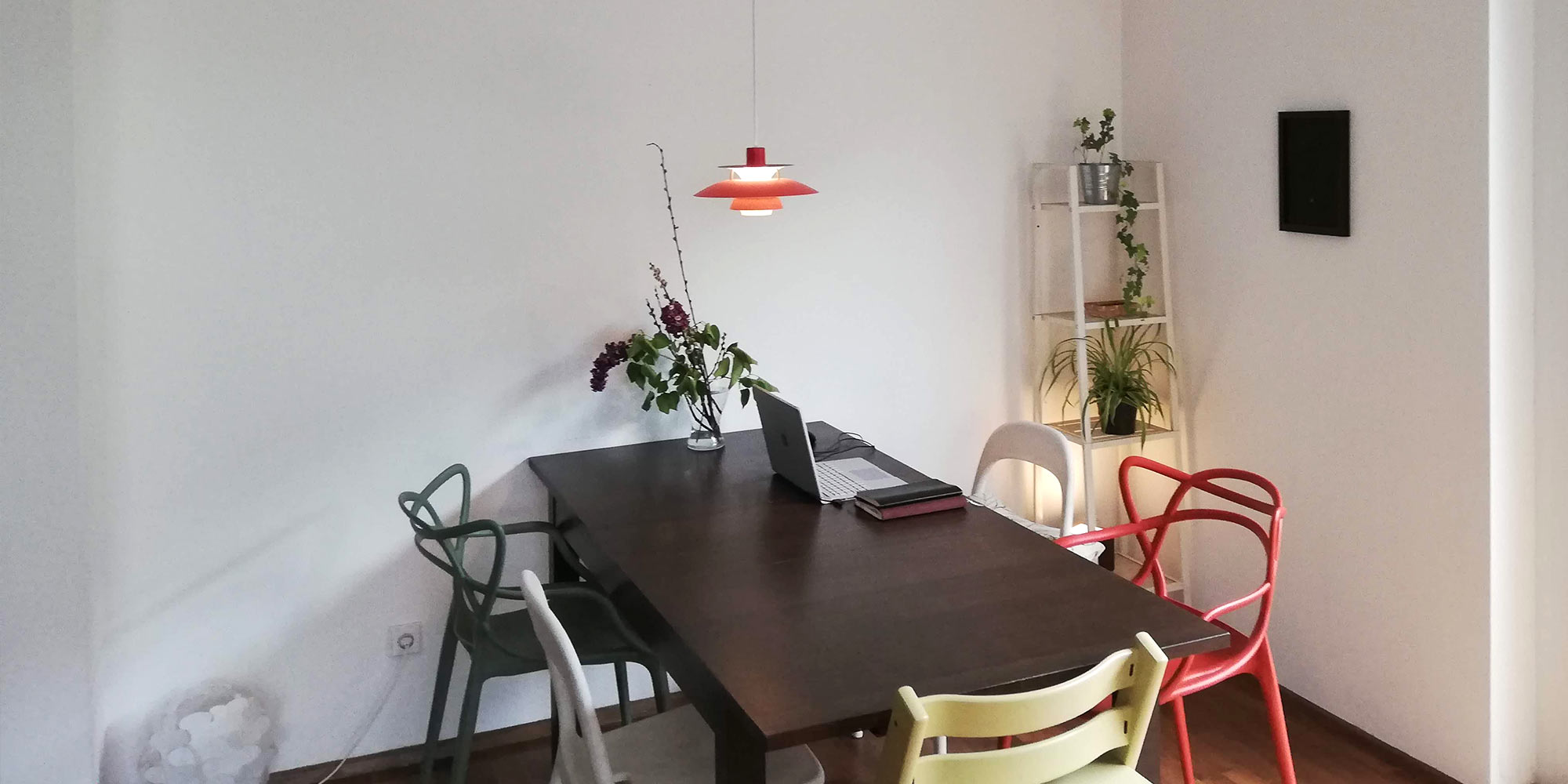

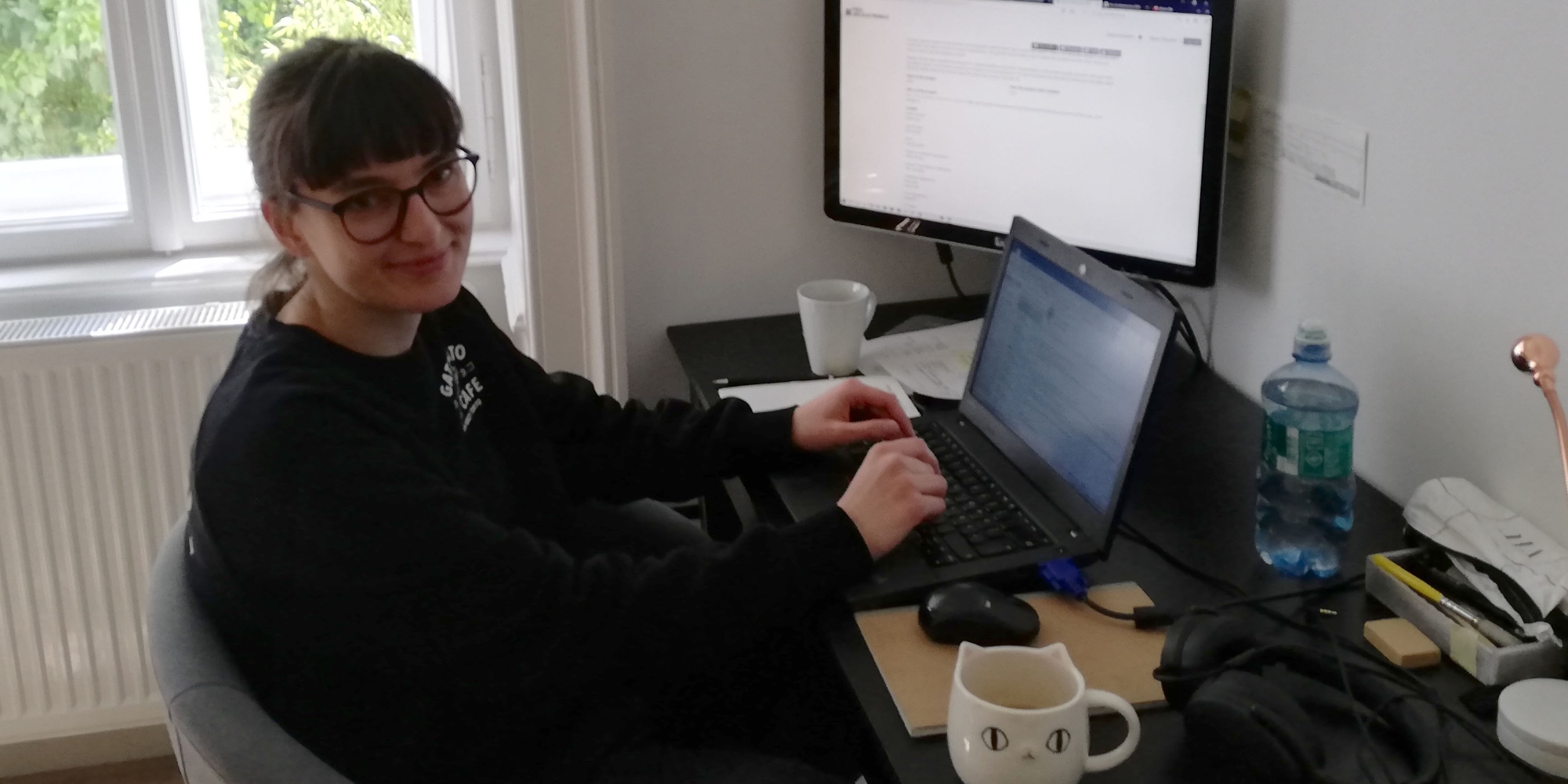
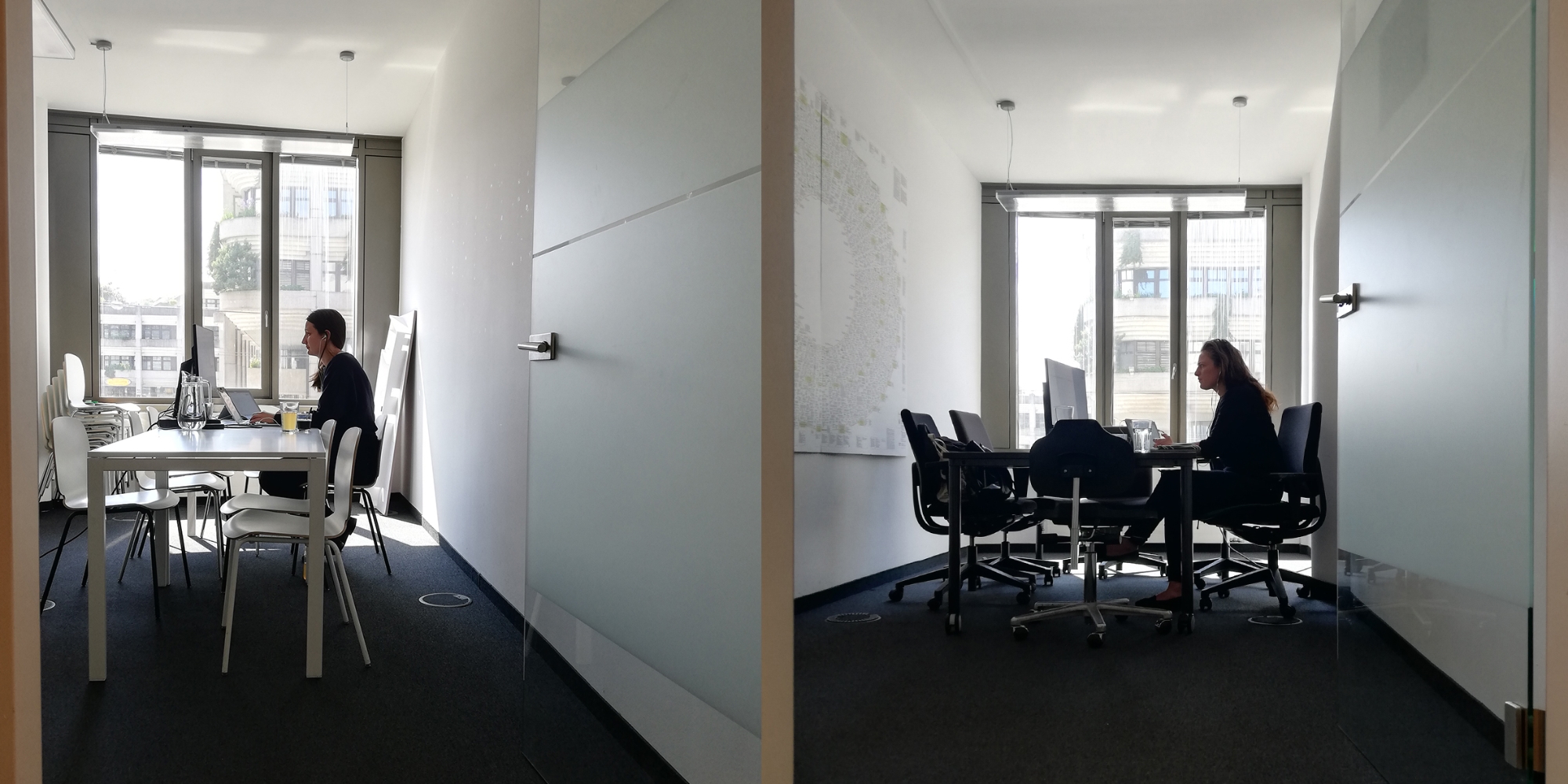
STARTS Prize
Friday, May 1, 2:58 PM. Just a few seconds ago there were two people chatting, now the chat windows of this year’s STARTS Prize jury open within seconds. This is the official start of the jury weekend, during which the many entries will be filtered more finely in order to select the two winning projects at the end. The schedule is displayed, the team next to the jury is introduced, daily goals are defined, cluster proposals are exchanged, criteria are discussed. This year’s jury members are a mixture of old hands and newcomers. For the first time they do not meet in real life, but only in virtual space. The basis for discussion is a relaxed professionalism.
Should the current situation be taken into account in the evaluation? Do courageous, surprising, humorous projects have an advantage in the face of a worldwide exceptional situation? How much weight can emotional approval be given and where must pragmatism prevail? How do the different production conditions affect the evaluation? How large must the artistic contribution be? Does it make sense to include projects in the decision-making process that already have the big players on board as donors? It’s an exciting process that we can observe here, and we eagerly await the outcome of it.
This project has received funding from the European Union’s Horizon 2020 research and innovation programme under grant agreement No 732019. This publication (communication) reflects the views only of the author, and the European Commission cannot be held responsible for any use which may be made of the information contained therein.
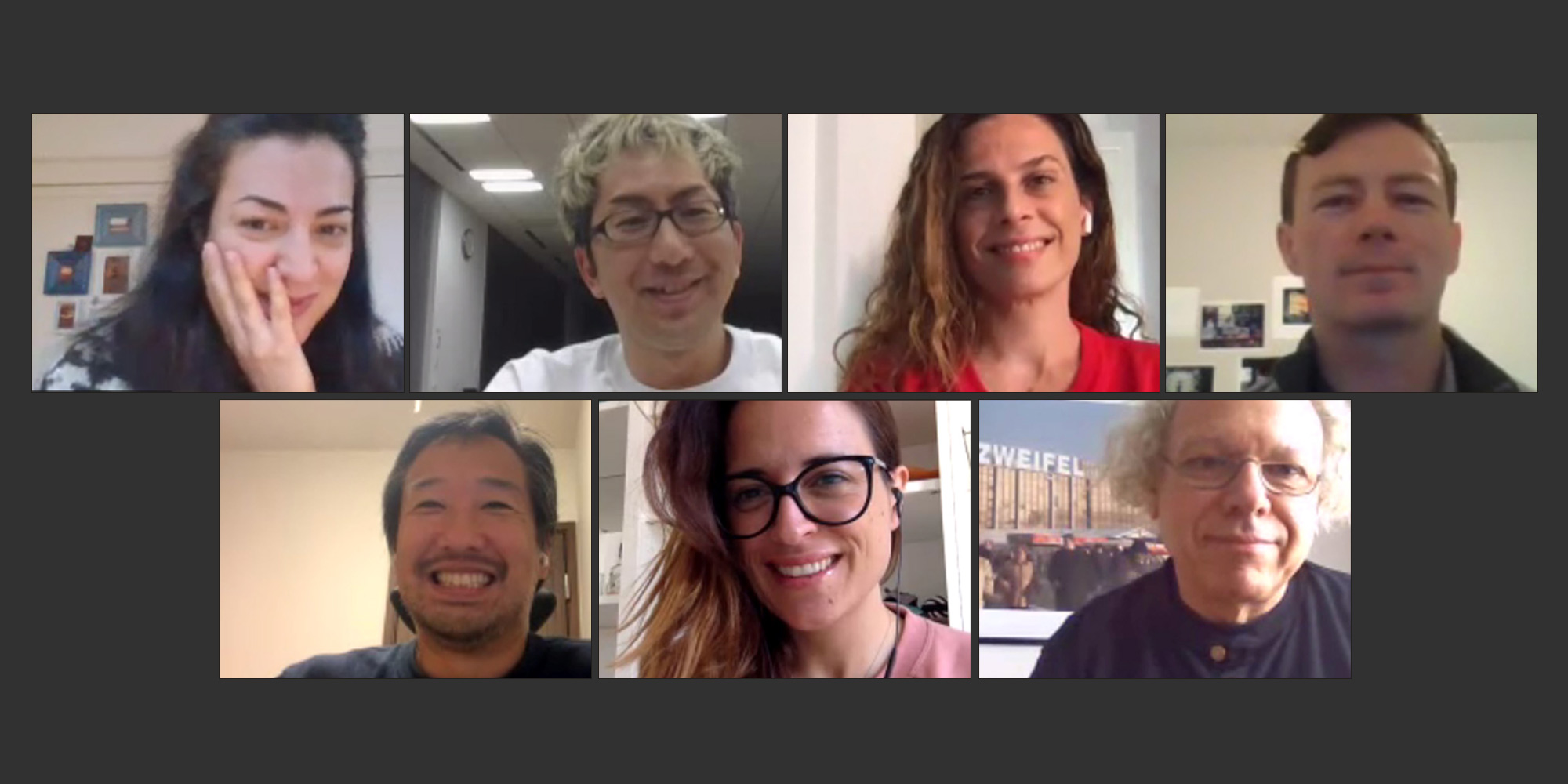
Computer Animation
If in 2020 a lot more can be digital than in 1987, the first year of the Computer Animation category, what does computer animation actually mean today? Is it enough if something is “only” visually impressive? And how can one compare large and well-funded productions created by a huge team with low-budget animations created by a single person? If not every juror has VR glasses at home, is it actually possible to judge such VR projects? But doesn’t that also apply to installations that you have never experienced on location? It is questions like these that shape the basis for further discussion. The jury is interested in rewarding submissions of which one would actually like to see “more”. Animations are not only visual narratives of a story; they also contain messages.
Right from the start it is clear that it will not be easy for the jury to decide on exactly this one Golden Nica project, “but we are all in the same boat”, it sounds from the five home offices. The big new technological change in the field of animation is not apparent, but rather small developments and connections are emerging in this huge container of “computer animation”. Whether cartoons, CGI, installations, performances, projection-mappings, 360-degree videos, experimental cinema, self-reflection or virtual reality – there are many sub-categories in this broadly diversified category. And the more the jury deals with the pearls of this year, the more they grow together with their different time zones and knowledge backgrounds. This is a good starting point to decide on a Golden Nica.

Digital Communities
It took a pandemic for the jury in the Digital Communities category not to meet in Linz for the first time in 16 years, but to sit opposite each other digitally on the screen. This is the first time the jury has become a digital community in its own. A new situation, also for the jury members themselves. It’s a constant alternation between concentrated teleconference faces, the database of submitted works, the shared visual mind mapping with five simultaneously moving mouse cursors, many open browser tabs and office programs.
Since this jury, like any other, is composed anew every year, the procedure is discussed at the beginning, how to agree on a Golden Nica together in the few remaining hours, even if some jurors see it on the first day. It is a step-by-step exclusion and highlighting of many possibilities. And what are digital communities actually? Is it about people organizing themselves in the digital space in order to overcome crises together? Isn’t it true that the best project in this category should reach a broad audience and should also encourage other communities to do the same? There are some projects that unfortunately only exist as a concept, or there are initiatives that are already online and collect important ideas together, but then finally lack the concrete implementation in real life. We are curious!

Interactive Art +
A tight schedule, divided into three hours a day, five jury members in their home offices and three supervisors who have plenty to do: Even at the beginning it is clear that the decision will by no means be easier than in previous years. But on day 1, everyone goes to work with fun, concentration and professionalism. Due to the good preparation and the possibilities offered by online tools (Miro?), the process itself does not need to be discussed for long. The category in itself, i.e. how “Interactive Art +” is defined, is clear to everyone, but nevertheless when looking at the works, occasionally the question “Is there interaction?” comes up. The themes of the works are contemporary, clearly different from the submissions of previous years and influenced by social, cultural and global phenomena.
Everyone is well prepared, knows the projects and can therefore enter the discussion directly. Relatively soon there will be the first voting about which projects will advance “one round”. Voting is done by giving a clearly visible hand signal. “Please raise your hand now” is repeated by the organisation team at each voting round. The projects can be quickly halved and then halved again the next day. “It doesn’t feel like we’re rushing through the decisions because everyone has been working on the projects alone for a very long time.” The statement “I’m ready to defend this one until the last minute” drops pretty soon and makes an outlook on the final decision all the more exciting.

u19 – create your world
The u19 – create your world jury is an exception in this exceptional situation: If all the other groups meet for only three hours a day, this jury almost maintains the “normal” schedule, they are all sitting in the same country, and yet they only meet digitally, in front of their screens. This brings along, besides minor technical difficulties, nice private moments in between, when the cat “photobombs” by running over the computer or families rushing through the picture in the background. In addition, the organizers have come up with a little surprise, which is why the mail delivery is eagerly awaited by the jury members.
But now to the content: The time available is sorely needed. Games, films, analogue projects and ideas want to be evaluated and discussed, different prize categories, a Golden Nica and a special prize are waiting to be awarded to numerous great projects. At the beginning the voting is still easy, but the thinner the air and the rarer the prizes become, the more difficult it gets to find a consensus. Making the decision even more difficult is the fact that it is often not so easy to determine how much “help” the young artists really had and how it should be evaluated. One thing is quite clear: sometimes it takes more than a glance or a change of perspective to understand the world of children and young people behind the projects.
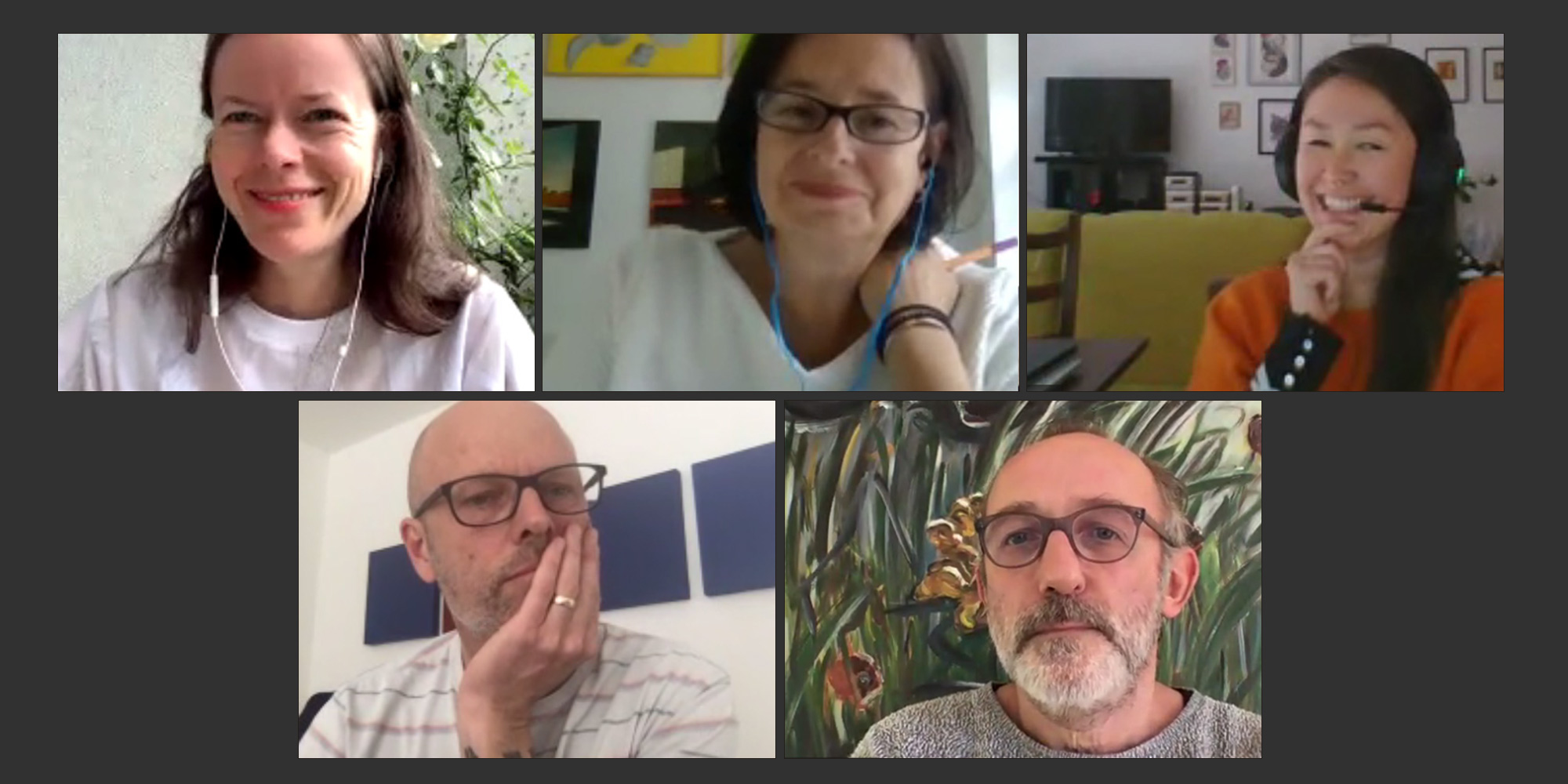
It has never been so clear as this year that no matter what happens, no matter how “special” the circumstances may be, it will nevertheless be Sunday again this year: Here’s to the winners, to media art, to a successful jury weekend! Thank you very much, it was a great pleasure and see you next year!

This project has received funding from the European Union’s Horizon 2020 research and innovation programme under grant agreement No 732019. This publication (communication) reflects the views only of the author, and the European Commission cannot be held responsible for any use which may be made of the information contained therein.
